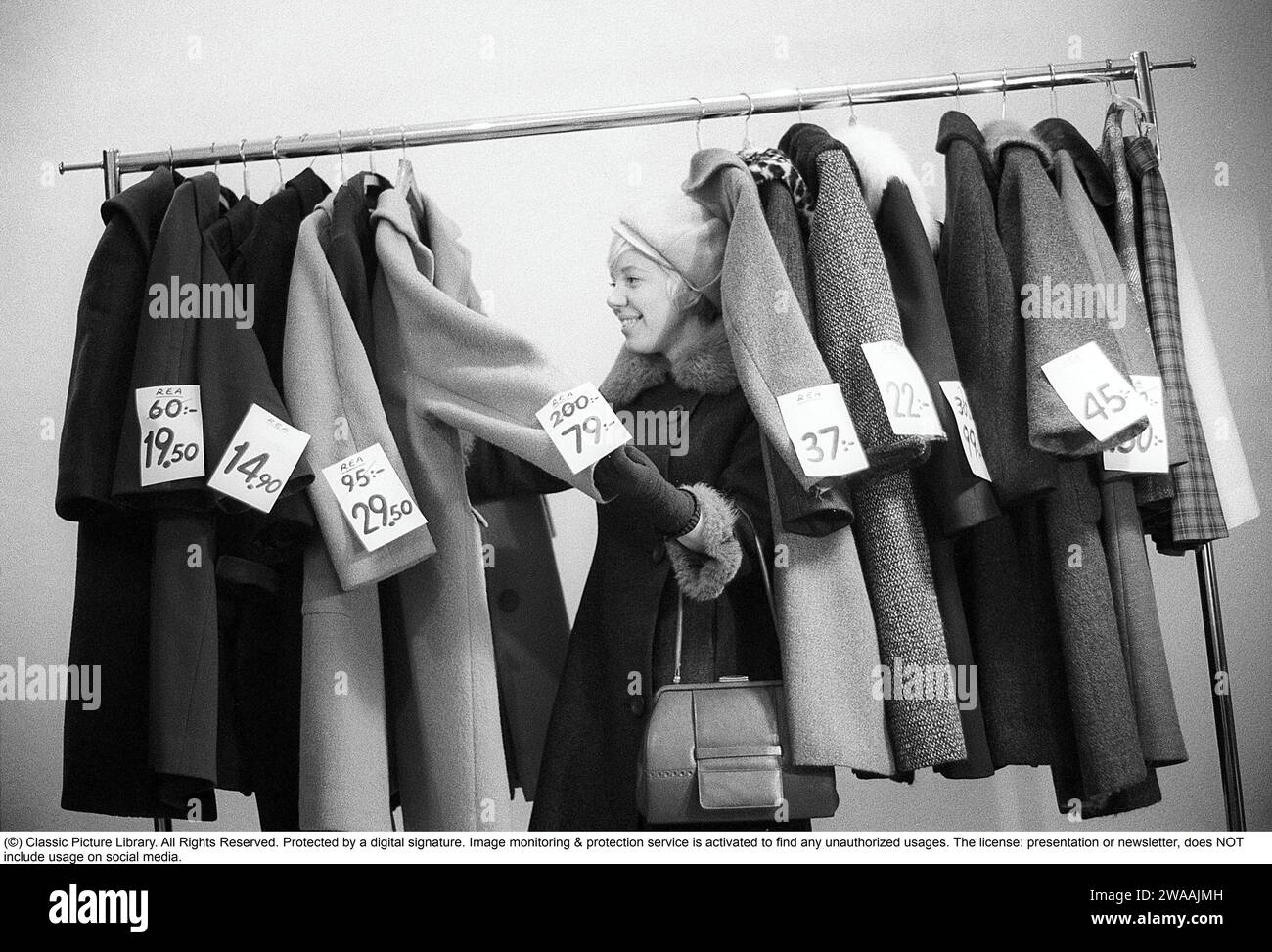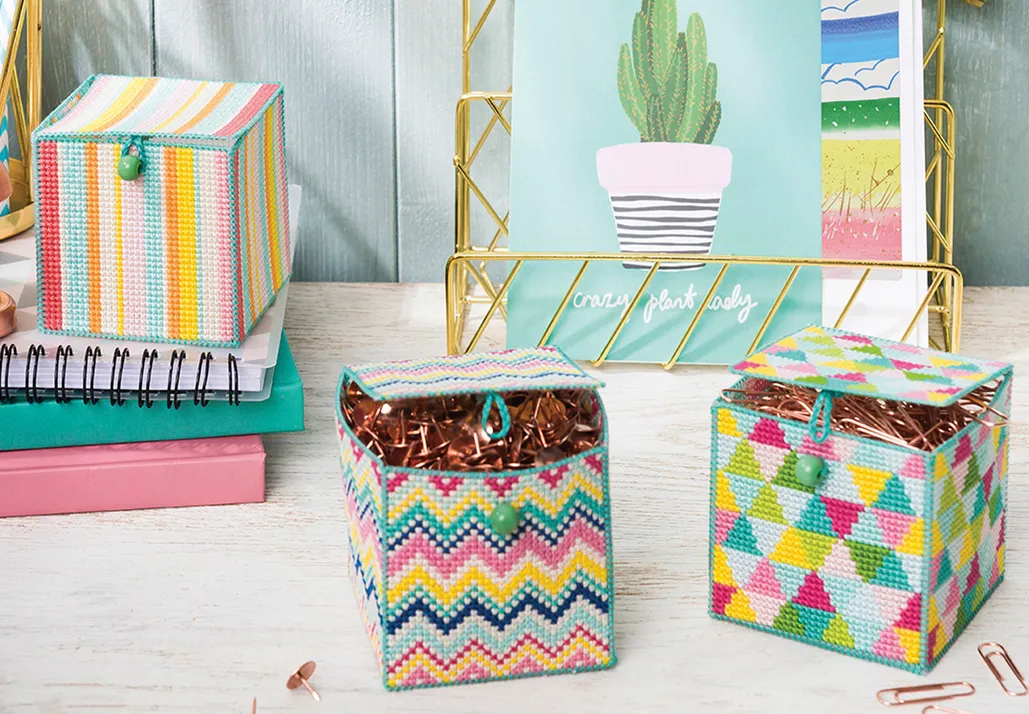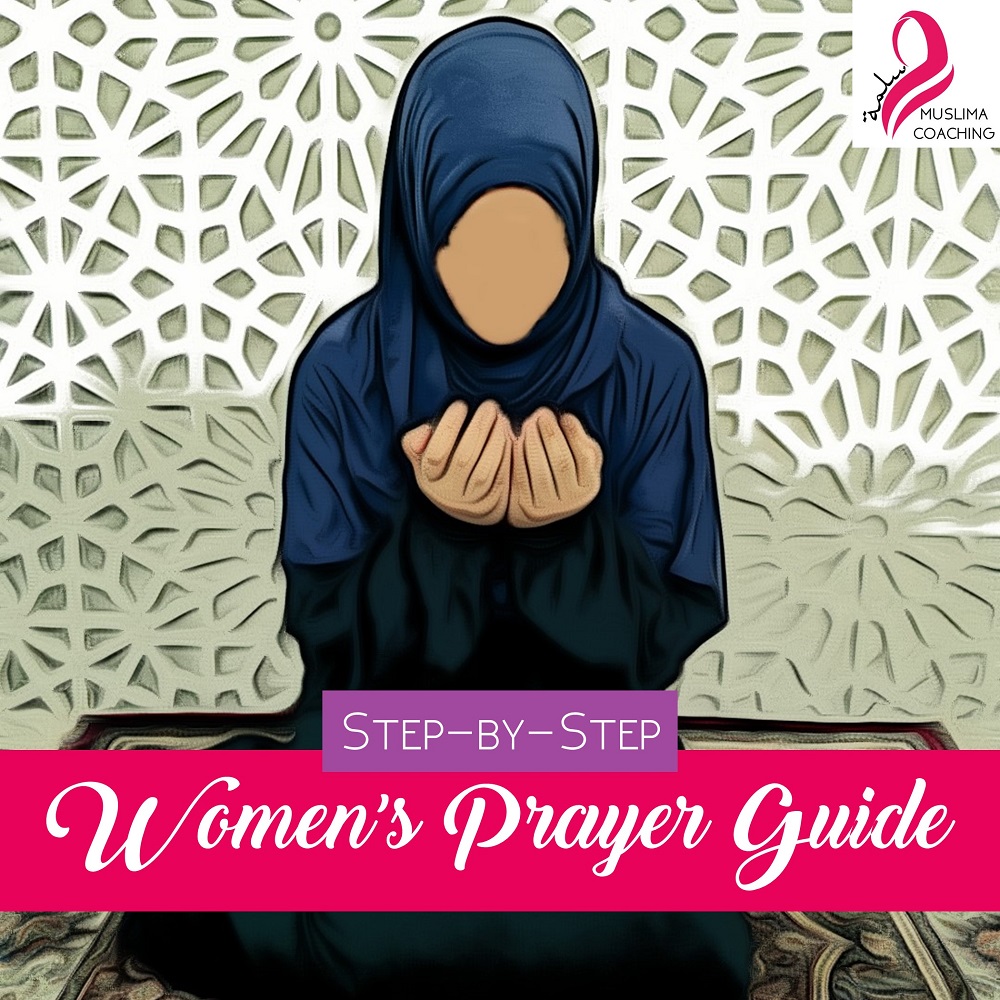As an Amazon Associate I earn from qualifying purchases.
During the 1960s, the cost of clothes varied, but generally, a dress cost about $15 to $30. The 1960s saw a wide range of clothing prices.
A simple cotton summer dress could cost around $15, while a more elaborate or designer dress could cost up to $30. This period witnessed the influx of various fashion trends, from mod dresses to psychedelic prints, impacting the price range significantly.
The trend towards mass production and the introduction of synthetic fabrics also influenced prices during this era. Additionally, the 1960s marked the rise of youth culture, leading to an increase in demand for fashionable yet affordable clothing. Despite differing price points, clothing in the 1960s reflected the changing societal dynamics and evolving fashion industry, catering to a wide demographic of consumers.
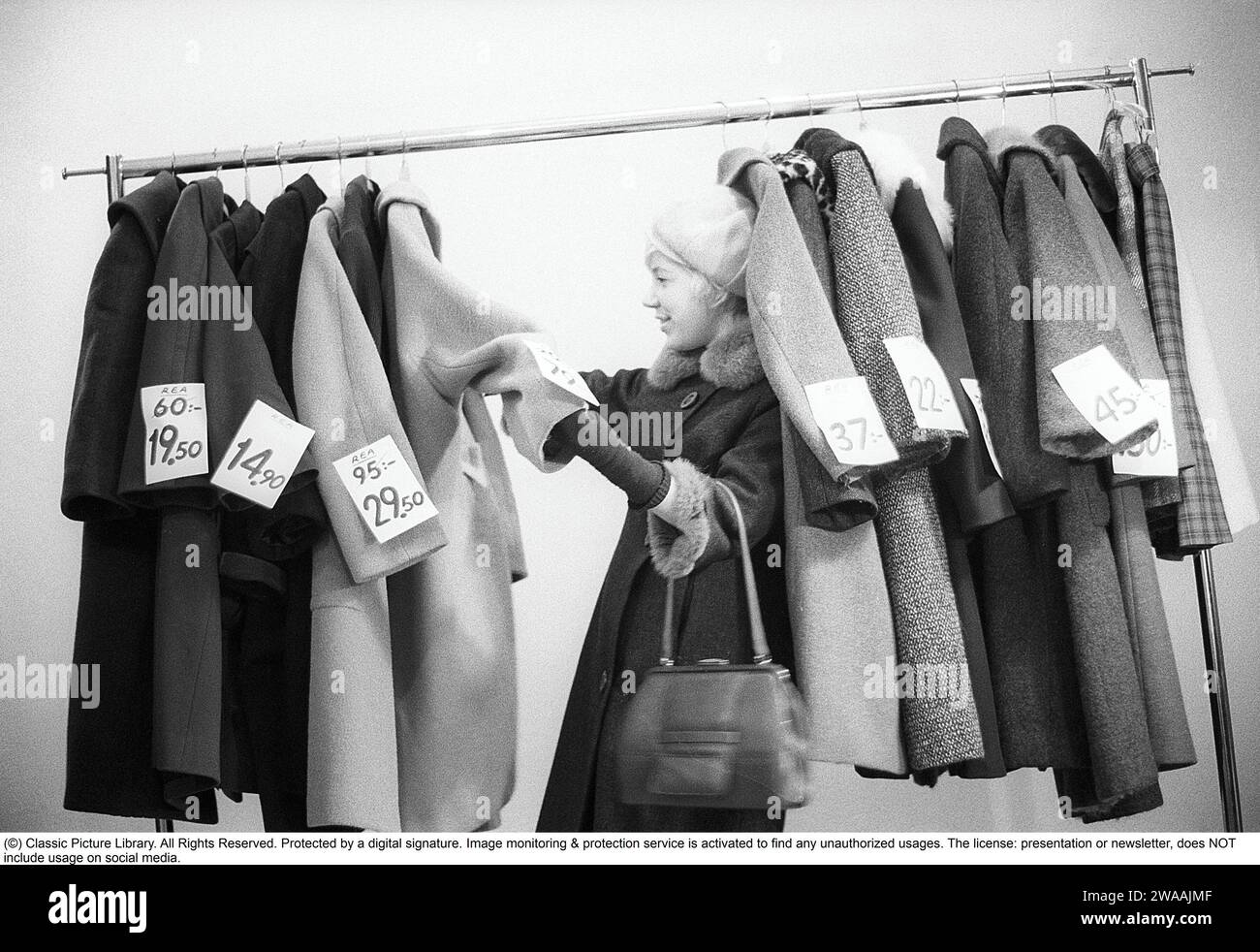
Credit: www.alamy.com
Cost Of Living In The 1960s
The average prices of clothes in the 1960s were significantly influenced by various factors. The cost of living in the 1960s affected the prices of clothes, with the economy playing a significant role in determining clothing costs. Additionally, the availability of resources such as fabric and labor also impacted the prices of clothes during this period. It is interesting to note the significant differences in clothing costs between the 1960s and the present day, reflecting the changes in the economy and consumer trends over time.

Credit: www.ebay.com
Influence Of Fashion Trends
During the 1960s, fashion trends had a significant influence on clothing prices. Various popular styles emerged and each had its own cost. For example, the mod style, characterized by bold colors and geometric patterns, was quite affordable, allowing young people to embrace this trend. On the other hand, high-end fashion brands like Chanel and Dior set the bar high with their luxurious designs, resulting in higher prices for their clothing. The impact of these trends on clothing prices varied depending on the brand, material used, and the level of craftsmanship involved. It is important to note that the cost of living in the 1960s also played a role in determining clothing prices, as it affected the purchasing power of consumers. Overall, the fashion trends of the 1960s had a significant impact on the cost of clothes, making it a dynamic era for the fashion industry.
Manufacturing And Labor
The manufacturing and labor conditions in the 1960s had a significant impact on clothing costs. During this period, the labor costs and conditions played a crucial role in determining the prices of clothes.
In the 1960s, the labor conditions were not as regulated as they are today, and there were fewer worker protections in place. This allowed clothing manufacturers to keep labor costs low, which in turn resulted in lower prices for consumers. Additionally, the availability of cheap labor in certain regions also contributed to the lower manufacturing costs.
However, it’s important to note that the conditions for these workers were often harsh, with long working hours and minimal wages. The low labor costs came at the expense of the workers’ well-being and fair compensation.
Overall, the manufacturing and labor conditions in the 1960s had a direct effect on clothing costs, allowing for lower prices for consumers but at the expense of the workers’ rights and living conditions.
Comparison With Today
In the 1960s, the average cost of clothes was significantly lower compared to today. Adjusted for inflation, clothes were relatively inexpensive. On average, a shirt cost around $6-$8, while a dress could be purchased for $12-$20. This affordability allowed people to have larger wardrobes and keep up with changing fashion trends.
However, it’s important to note that consumer behavior has changed since the 1960s. Back then, people valued durable and long-lasting clothing. They would often invest in classic pieces that could be worn for several years. In contrast, today’s fast fashion industry promotes cheaper, disposable clothing that quickly goes out of style.
Additionally, the rise of online shopping and global trade has made it easier to access a wide variety of clothing options at different price points. While this may seem convenient, it has also contributed to a culture of overconsumption and the environmental impact of the fashion industry.
Overall, when comparing the cost of clothes in the 1960s to today, it’s clear that there have been significant changes in both pricing and consumer behavior.
Cultural And Economic Significance
Clothes in the 1960s held great cultural and economic significance as they reflected the fashion trends of the time. Fashion was seen as a way for individuals to express themselves and showcase their social status. Clothing choices were influenced by societal changes, such as the rise of the youth culture and the increasing focus on individuality.
Clothing expenditure varied depending on one’s lifestyle and financial situation. While some individuals would spend a significant amount of their income on clothing, others had to be more frugal in their choices. The average cost of clothes in the 1960s can be difficult to determine with certainty, as it depended on factors such as location, brand, and quality.
However, it is noteworthy that the cost of producing clothing was generally lower in the 1960s compared to previous decades, thanks to advancements in technology and manufacturing processes. This allowed for a wider range of affordable options for consumers.
In conclusion, clothes in the 1960s were not only a means of covering the body but also represented a societal and cultural statement. Fashion trends reflected the values and aspirations of the time, and clothing choices were influenced by both personal preferences and economic constraints.
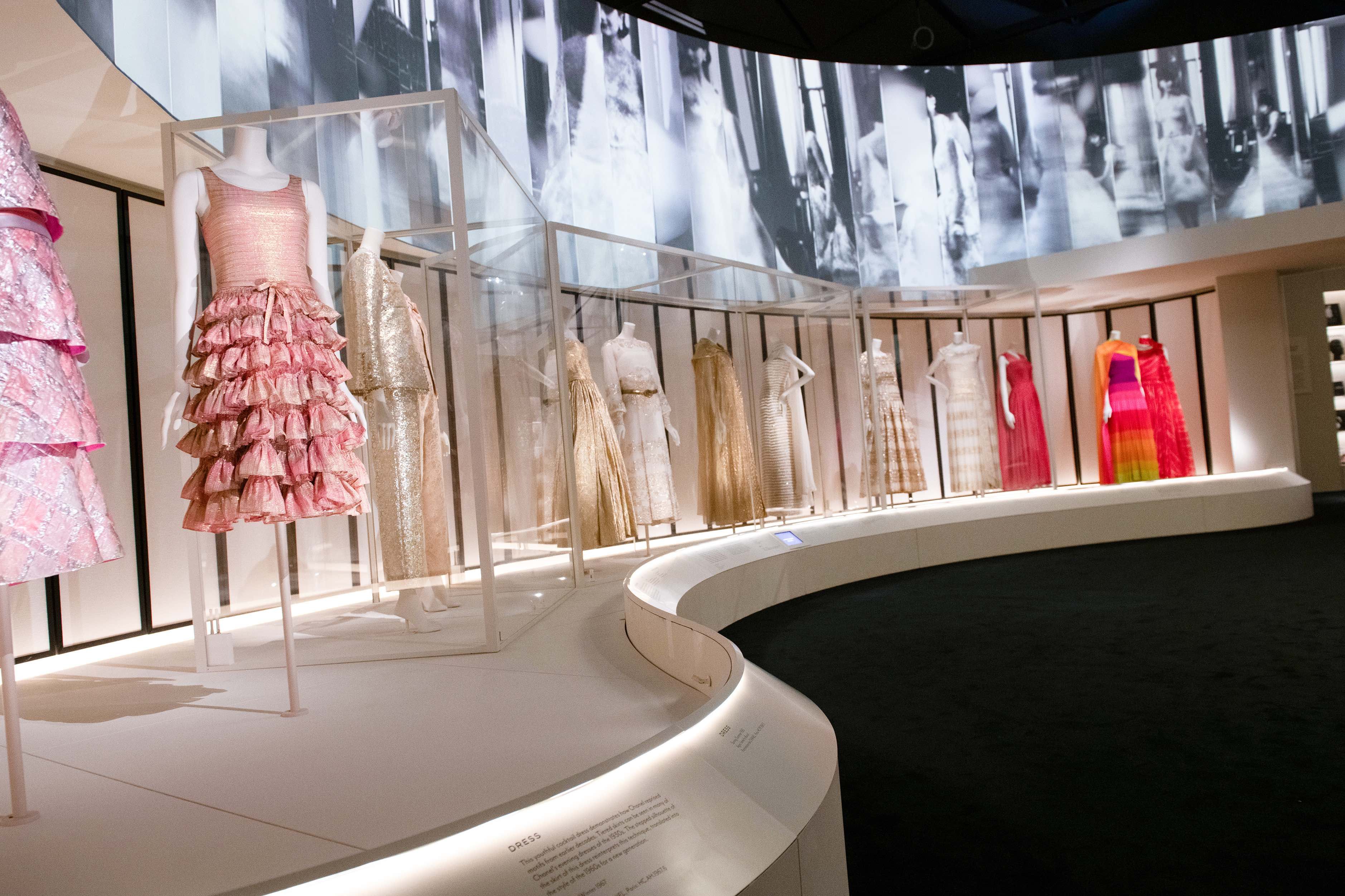
Credit: www.harpersbazaar.com
Frequently Asked Questions On How Much Did Clothes Cost In The 1960s
How Much Did Things Cost In The 1960s?
In the 1960s, the average cost of living was significantly lower compared to today. Prices for everyday items and services were much cheaper. For example, a gallon of milk cost around 49 cents, a loaf of bread 22 cents, and a new car around $2,600.
How Much Did A Dress Cost In 1963?
In 1963, the cost of a dress varied, but it was generally between $19 and $40.
How Much Did Ice Cream Cost In 1960?
In 1960, the average cost of ice cream was relatively low.
How Much Did Milk Cost In 1960?
In 1960, the cost of milk was approximately [INSERT EXACT COST].
Conclusion
Clothing prices in the 1960s were significantly lower compared to today. The average cost of a dress was around $10, which is equivalent to approximately $80 in today’s currency. This affordability allowed people to experiment with fashion, embrace new styles, and express themselves through their clothing choices.
The fashion industry in the 1960s was an exciting and dynamic time, with designers pushing boundaries and creating iconic looks that still influence fashion today. It’s interesting to look back at the prices of clothes in the 1960s and appreciate how fashion has evolved over the years.
As an Amazon Associate I earn from qualifying purchases.





